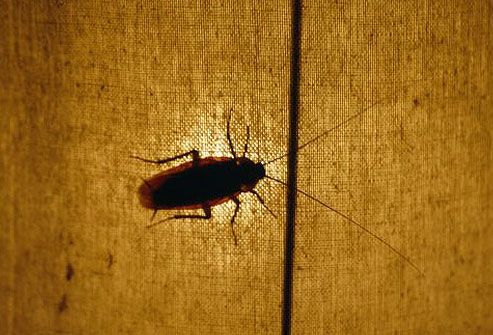10 Common Allergy Triggers

Sources Medically Reviewed on 02/22/2022 Reviewed by Poonam Sachdev on February 22, 2022
IMAGES PROVIDED BY:
(1) Altrendo images
(2) Susumu Nishinaga / Photo Researchers, Inc.
(3) Chris Amaral / Digital Vision
(4) David Scharf / Science Faction
(5) Charles Krebs / Science Faction
(6) Getty
(7) Food Image Source / StockFood Creative
(8) PhotoAlto / Ale Ventura
(9) M Stock - The Stock Connection / Science Faction
(10) iStockphoto
SOURCES:
American College of Allergy, Asthma & Immunology: “Common Seasonal Allergy Triggers.”
American Contact Dermatitis Society.
Asthma and Allergy Foundation of America: “Dust Mite Allergy.”
Cleveland Clinic: “Problem Foods: Is It An Allergy or Intolerance?”
Johns Hopkins.
Food Allergy Research & Education: “Allergens.”
Reviewed by Poonam Sachdev on February 22, 2022
This tool does not provide medical advice. See additional information.
THIS TOOL DOES NOT PROVIDE MEDICAL ADVICE. It is intended for general informational purposes only and does not address individual circumstances. It is not a substitute for professional medical advice, diagnosis or treatment and should not be relied on to make decisions about your health. Never ignore professional medical advice in seeking treatment because of something you have read on the WebMD Site. If you think you may have a medical emergency, immediately call your doctor or dial 911.









